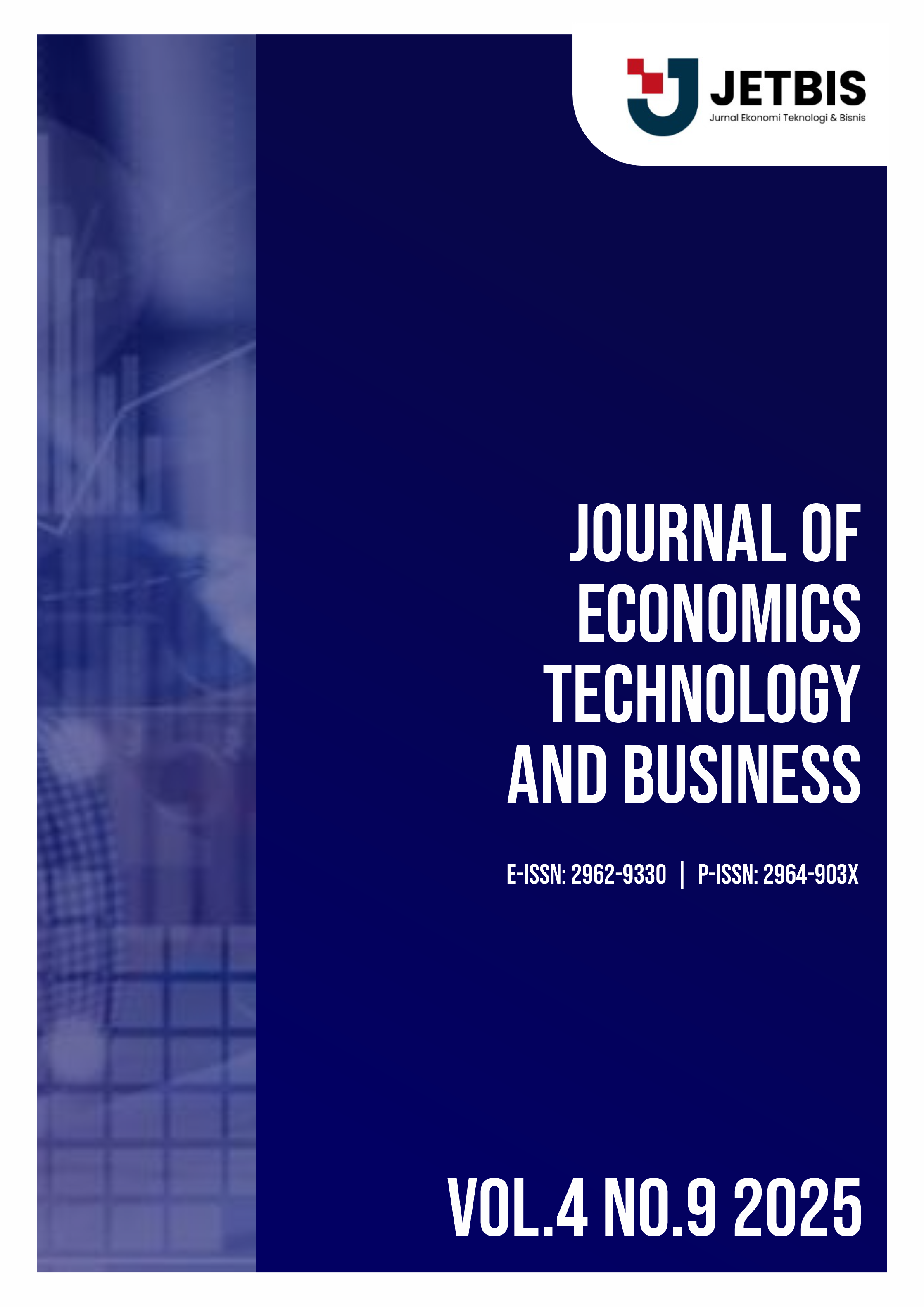Investment Priorities and Barriers for Desert Tourism in Western Afghanistan: A Mixed-Methods AHP–TOPSIS Assessment
DOI:
https://doi.org/10.57185/jetbis.v4i9.212Keywords:
Desert tourism, Western Afghanistan, Mixed-methods, Analytic Hierarchy Process (AHP), TOPSIS, Investment decision-making, Community participationAbstract
Desert tourism in western Afghanistan presents both investment potential and socio-environmental risks, yet empirical guidance for prioritizing interventions is scarce. This study identifies and ranks investment priorities and persistent barriers to sustainable desert tourism and examines how community participation mediates investor intent. This study used a convergent mixed-methods design. Decision criteria were elicited with the Analytic Hierarchy Process (AHP) from n = 15 regional and sector experts; criteria weights were applied to a TOPSIS ranking of preferences derived from a structured survey of n = 300 stakeholders. Qualitative triangulation was provided by semi-structured interviews (n = 25). AHP pairwise matrices were evaluated for consistency (report CRs in manuscript). Inferential analyses (multiple regression and mediation testing using bootstrap resampling) examined relationships among perceived risks, community partnership mechanisms, and investment intent. Results show AHP/TOPSIS integration produced a clear priority ordering of investment criteria; green-technology and community-partnership mechanisms emerged among top priorities (see Table X). Survey models show statistically significant associations between perceived security risks and reduced investor intent; community participation attenuates this relationship (bootstrapped indirect effect — report point estimate and 95% CI). Qualitative themes corroborate quantitative rankings and clarify context-specific barriers (infrastructure gaps, governance, and security). Combining AHP and TOPSIS with qualitative evidence yields actionable, locally grounded investment priorities for desert tourism policy and planning. Prior to submission, insert exact CR values, regression coefficients, p-values, and bootstrap CIs in the placeholders provided. Limitations include cross-sectional design and sample representativeness.









